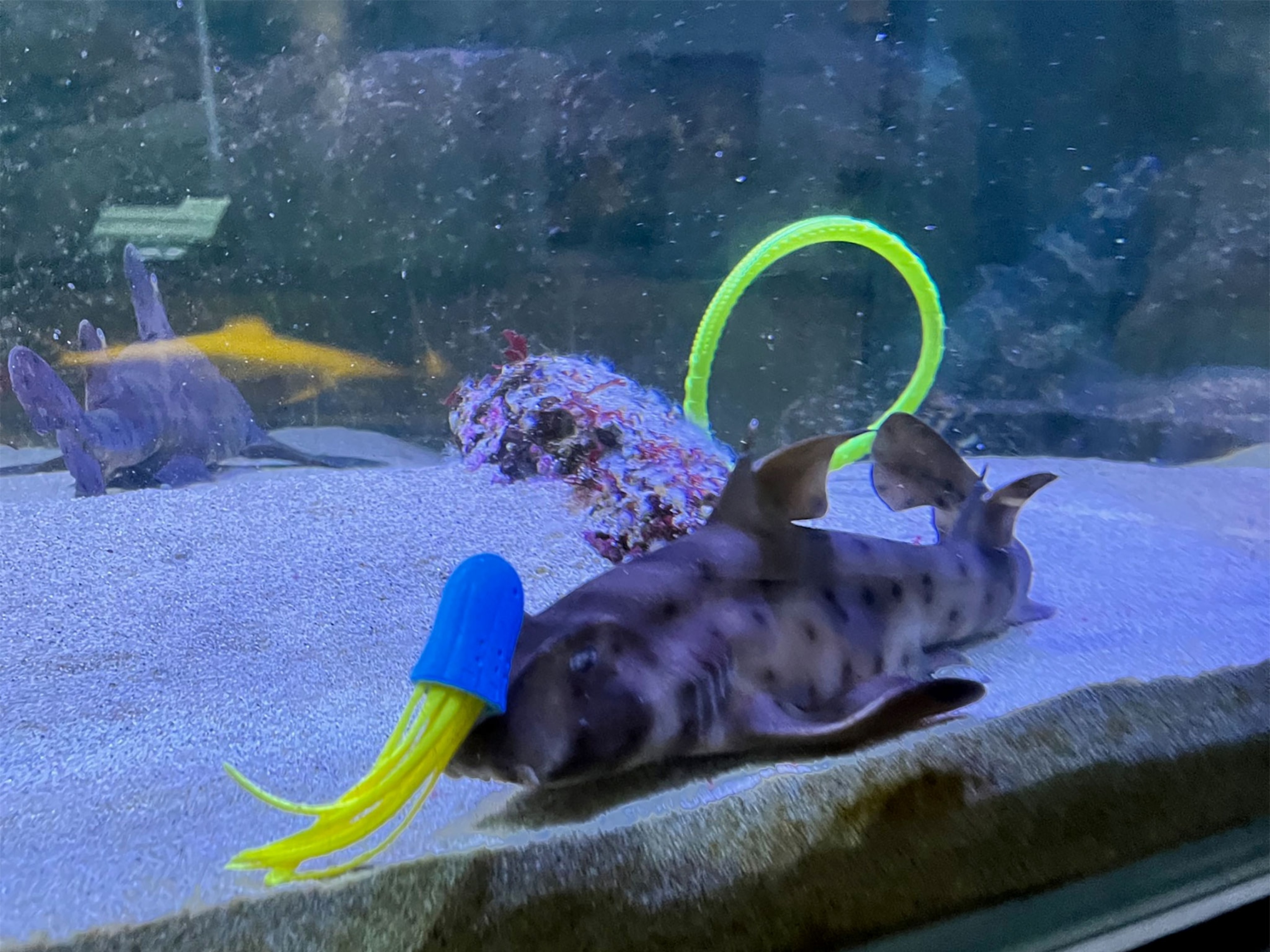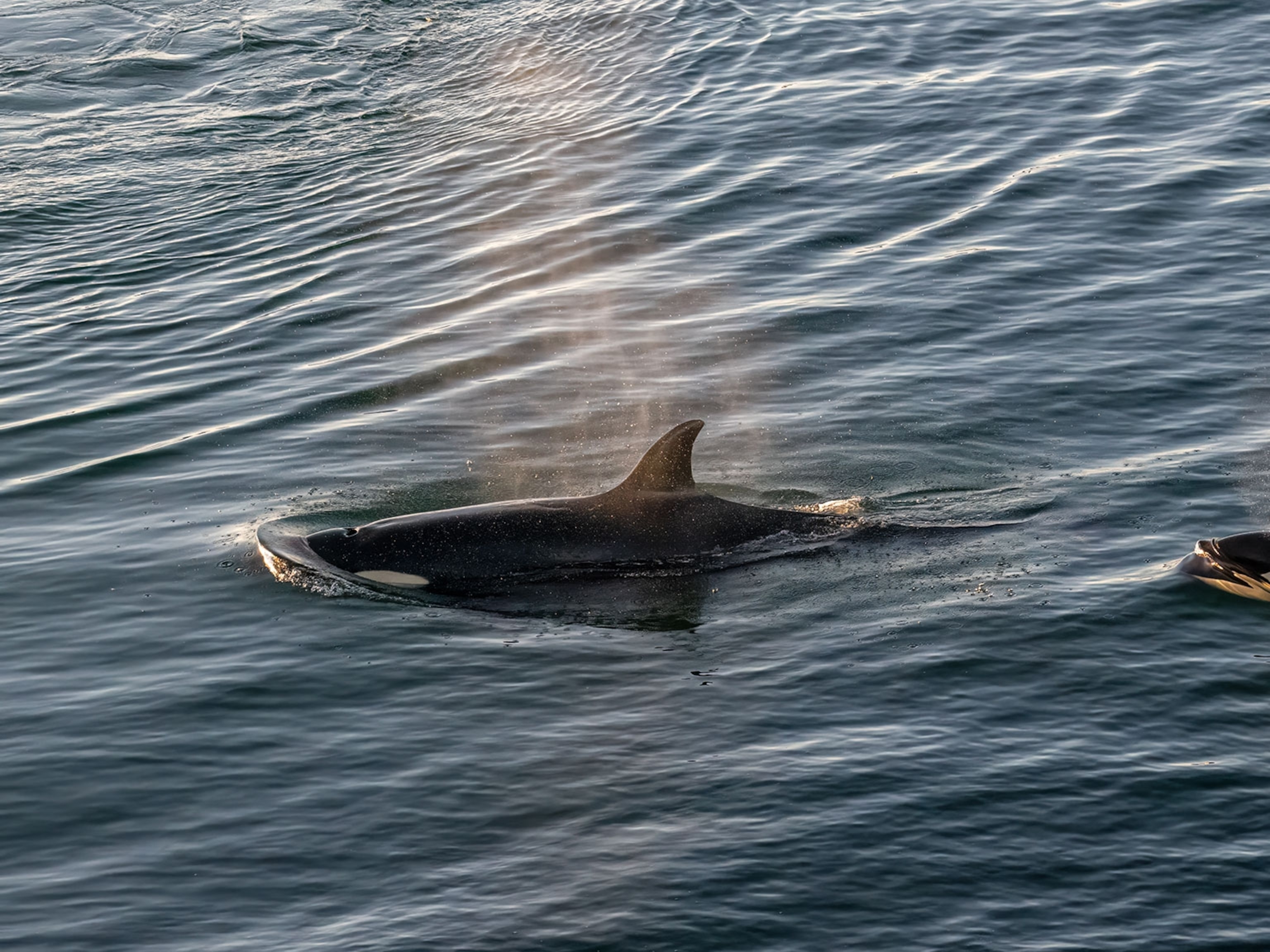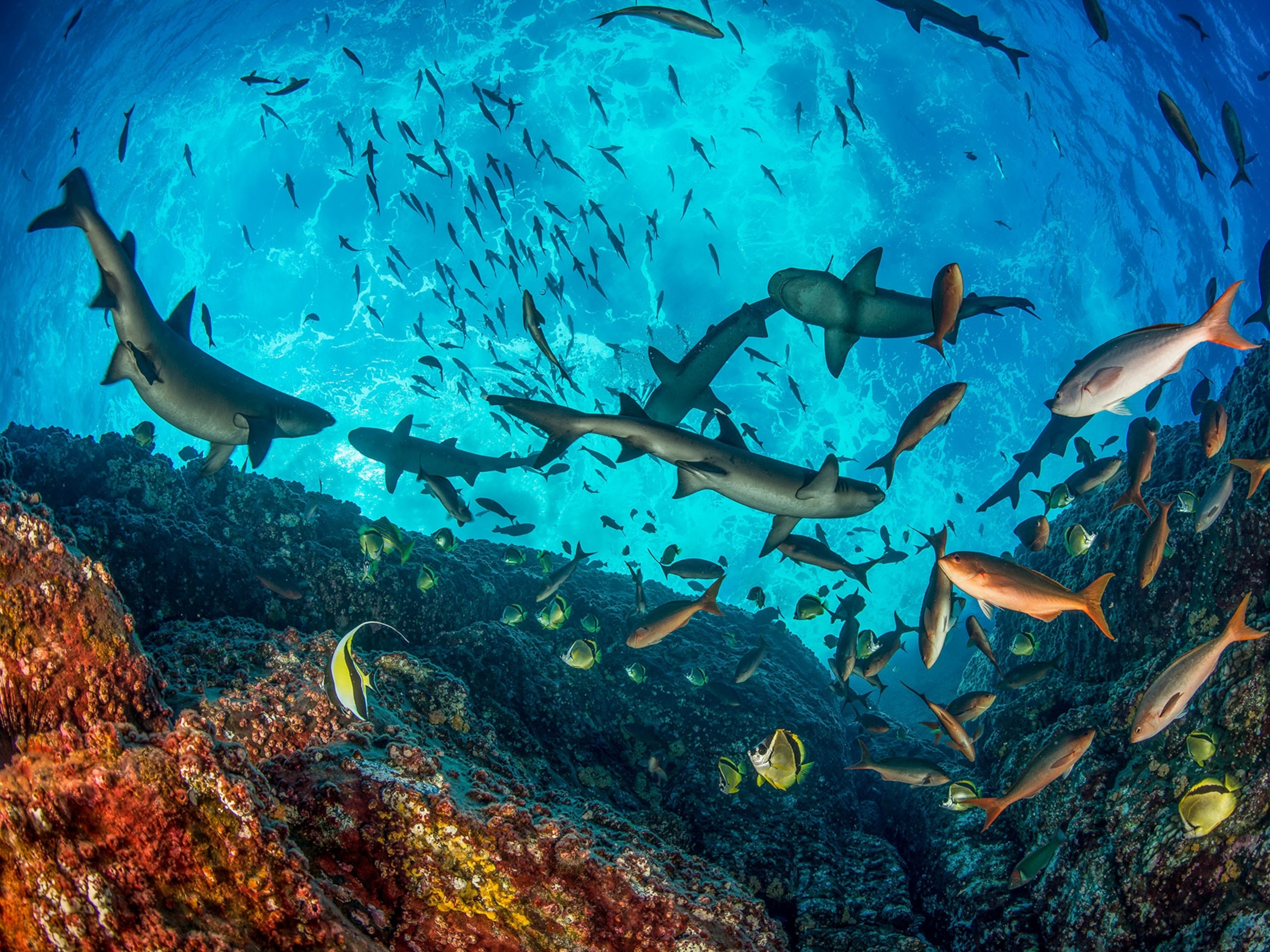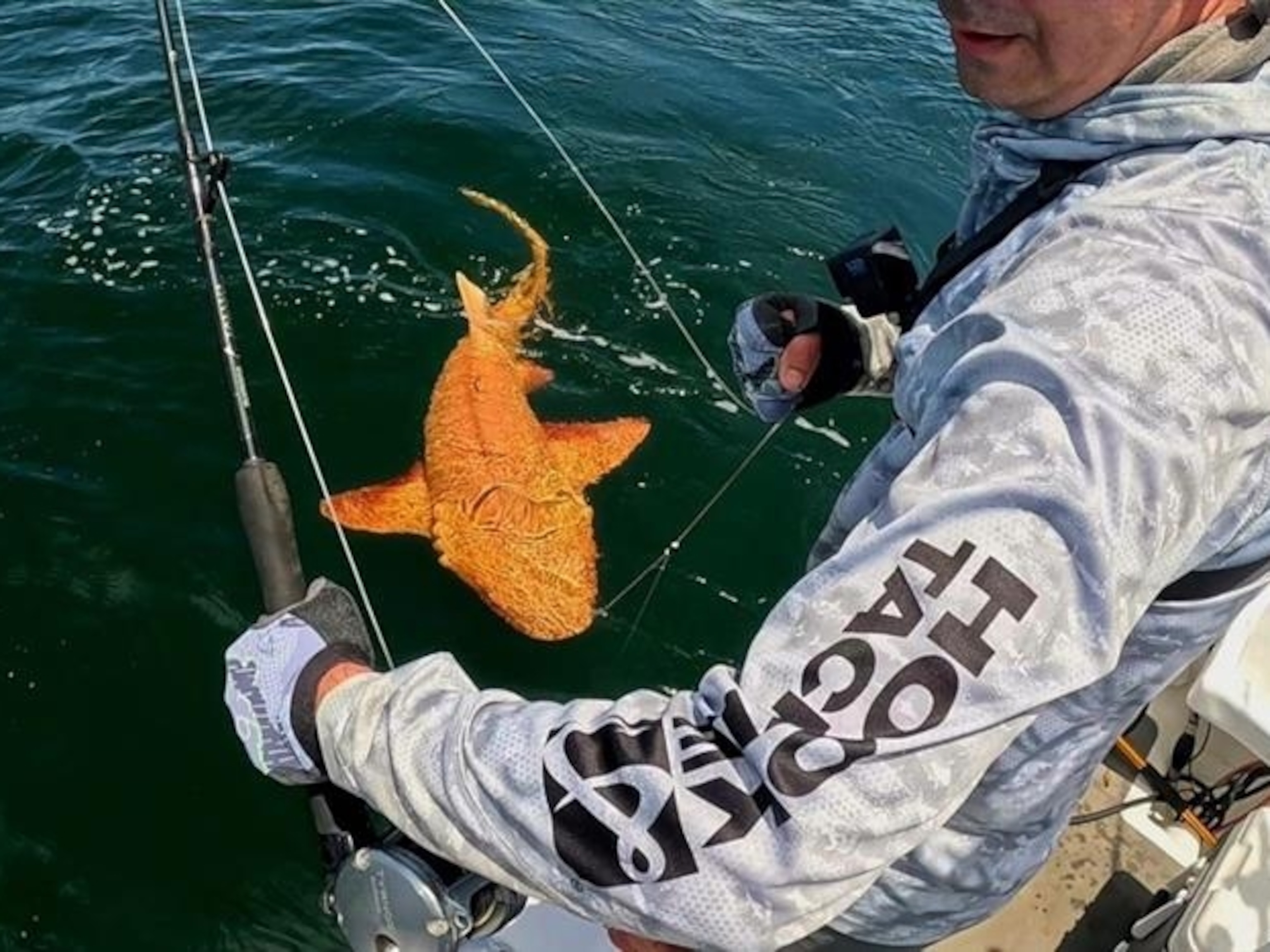
Sharks Return to Their Birthplace to Give Birth
A 19-year study of lemon sharks shines new light on how they reproduce.
Schoolchildren learn that sea turtles and salmon return to their places of birth in order to release their own young. But sharks? A new study shows, for the first time, that this is just what lemon sharks do.
In the 1990s, scientists noticed that female lemon sharks were returning to the same lagoon in Bimini in the Bahamas about every two years in order to give birth to pups. The researchers, led by Kevin Feldheim, a shark biologist with the Field Museum of Natural History in Chicago, began to wonder if the sharks were returning to the place where they were born, much like a sea turtle or salmon.
Starting in 1995, Feldheim and a large team of other scientists and students began catching, tagging, and releasing lemon sharks in the lagoon. Not considered dangerous to people, the sharks, named for their yellow color, can reach a length of ten feet (three meters). The team also took samples for DNA testing. For 18 years, the team measured more than 2,000 lemon sharks.
The scientists found that, indeed, female sharks that were born in the lagoon returned there 15 years later in order to have their own pups, the first time this behavior has been documented in any shark species. The research was published December 5 in the journal Molecular Ecology, by Feldheim and scientists from the Bimini Biological Field Station Foundation, the University of Miami, and Stony Brook University in New York.
Unveiling the Cycle of Life
Although they are fish, lemon sharks give birth to live pups, which develop inside a placenta-like structure and are nourished by an umbilical cord until they hatch. Once the pups are released, they quickly seek shelter in mangroves, where they grow for several years.
"We really don't see adults [in the lagoon] at other times of the year: They come in, give birth, and then we don't see them," said Feldheim. The female adults come to the place of their birth sometime between early February and late May, often every other year.
Through genetic testing of lemon sharks in the study, the team discovered that females often gave birth to successive litters, across years, with sperm from the same male.
"Lemon sharks can store sperm, so it's possible she'll use sperm for one litter and then the next, but it's also possible that the same two individuals mate in consecutive years," said Feldheim. "We don't know which is the case because we've never actually seen them mate in the wild."
The pups spend four to eight years in the lagoon, and then venture out to sea. How far they swim is "something we really don't know," said Feldheim. Some tagging studies have shown that lemon sharks caught off the town of Jupiter in southern Florida roamed as far north as the Carolinas and as far south as the Gulf of Mexico.
Asked why the sharks would seek out the place of their birth, Feldheim said his team is still working on that question. "It might be something as simple as the fact that females that go back to their birthing sites produce more young that reach sexual maturity," he said. The fact that the mother was able to survive growing up in that place might be a signal that it's a good nursery.
Feldheim suspects other species of sharks may also return to their place of birth in order to release their young. Genetic sampling supports that theory, he said, but "it's difficult to track sharks from birth to reproduction, and only with long-term studies like this can we really prove it."
Improving Conservation
The study might have an impact on shark conservation, a topic of much international debate as shark numbers continue to plummet and demand for their fins remains high in Asia for the traditional sharkfin soup. (See "100 Million Sharks Killed Every Year.")
"In addition to addressing shark conservation on a regional level, we now have to focus as well on these nursery areas to conserve the local populations," said Feldheim. His group's work suggests that each nursery may be important, since sharks might not be able to easily adapt to another area if their home lagoon is damaged.
Feldheim said the work also suggests that it could be a good idea to restrict fishing during times when females are returning to give birth. Going a step further, the Bahamas recently prohibited commercial fishing of sharks in its waters.




